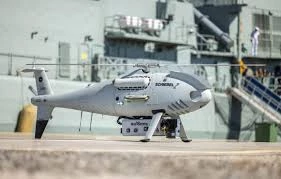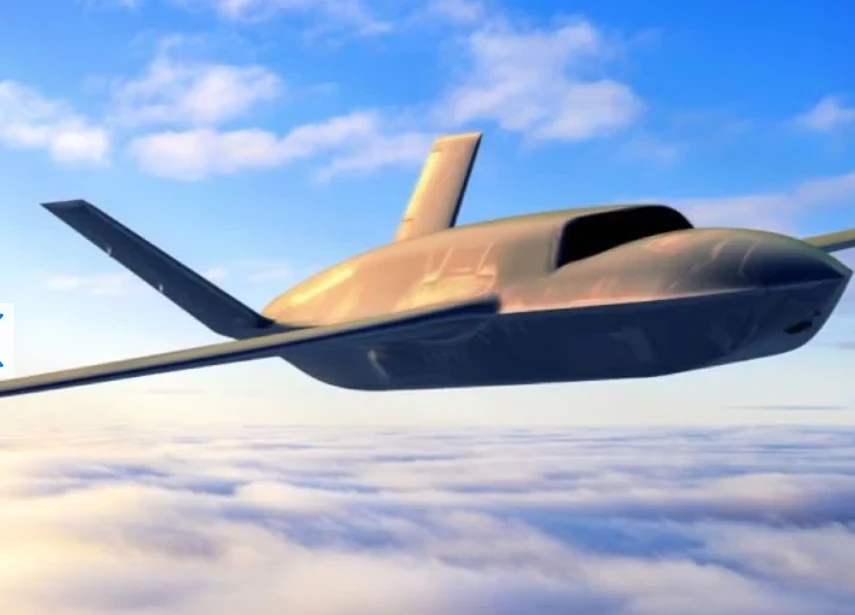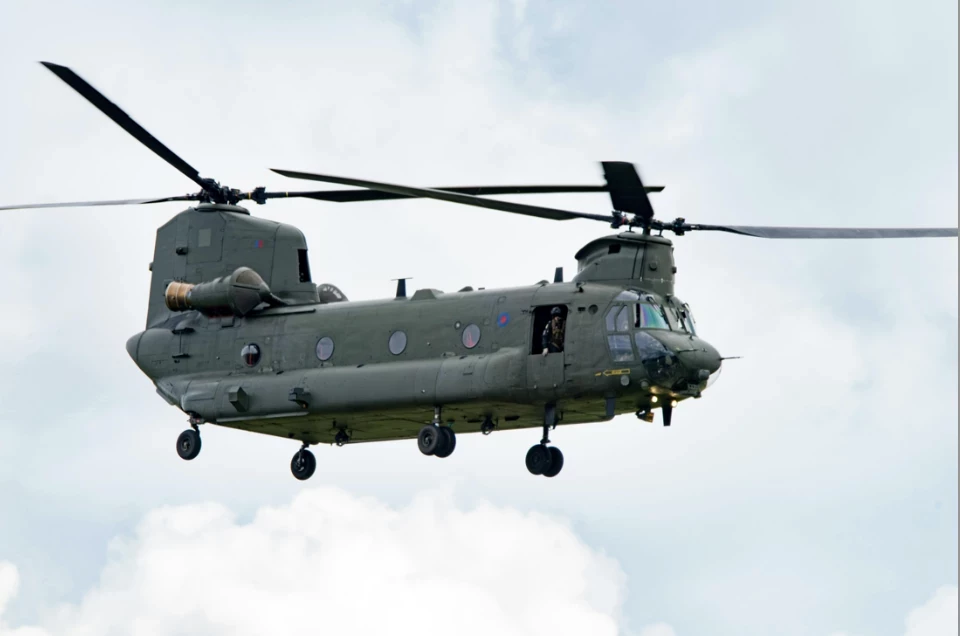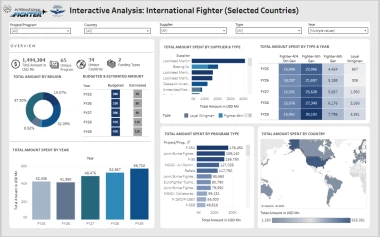Sustainability and the Future Airborne Fleet
Add bookmarkAgainst a backdrop of increased public scrutiny, rapidly developing new technologies and budget cuts, governmental defence departments are embracing strategic sustainability concepts and trying to reduce cost throughout the procurement supply chain without compromising operational efficiency.
Sustainability and the Future Airborne Fleet
Military Aviation is one area where the sustainability model is starting to be adopted. Like the ‘sustainable aviation’ concepts adhered to by the commercial aviation sector, military decision makers are reorienting their strategic objectives relating to capability development and supply chain management, incorporating cost efficient methods and procedures in a context of ‘operational scarcity'.
It is vital that the sustainable aviation model underpins the fundamental framework for next-generation airborne portfolios. Programmes such as the Future Combat Air System (FCAS) and NATO’s Airbone Future Surveillance and Control Programme represent new approaches to capability development in the Air Force community, and they must adopt new technologies to ensure long-term fleet sustainability.
BAE Systems Tempest fighter aircraft concept as part of the UK's sixth generation fighter programme. Source: Wikipedia
Commercial airline groups who adopt sustainable strategies prefer to take possession of aircrafts that bear cutting-edge technologies to improve fuel efficiency and reduce noise pollution. New engine technologies such as the Pratt & Whitney ‘Geared Turbofan’ and Safran's counter-rotating open rotor technology are examples of this. Safran is part of the Franco-German FCAS programme, and these new engine designs could well be incorporated to ensure long-term sustainability of fighter fleets.
Sustainment in an Era of Digitization
Digital engineering technologies will also play an important role in aircraft sustainment and environmental impact management and should be embraced and adopted across industry. Dr William Roper, Assistant Secretary of the U.S. Air Force for Acquisition, Technology and Logistics, recently highlighted the value of 3D modelling tools and ‘digital twins’ in delivering the U.S. next generation fighter family via the acceleration of platform and system design, manufacturing and delivery.
View the International Fighter 2019 Summit Agenda here.
Predictive analytics can also identify fuel savings opportunities real time, lower operational costs and improve fleet maintenance overall.
The U.S. Navy’s Sustainment Data Challenge is demonstrative of this commitment to fleet sustainment and readiness. George E. Kovatch, Director, Department of the Navy Office of the Chief Management Officer, said earlier this year that the open-source challenge aligns with the DON’s broader Business Operations Plan and ‘aims to improve data quality, standards, visibility, access and security, enhancing information integration through expanded interoperability and reuse’.
Sixteen U.S. Navy infographic describing the data challenge which leaders hope will generate a readiness-enhancing tool. Source: U.S. Navy
Meanwhile, the Australian Department of Defence earmarked $5.3 billion towards its ‘Smart Sustainment’ model, underpinned by a ‘Lean Methodology’ which focuses on smarter use of fuel and ordnance material, reducing waste and over-servicing. The U.S. Air Force is looking to the commercial aviation sector to learn how to exploit new technologies too; this year the Rapid Sustainment Office entered into a public-private partnership with Delta Air Lines.


























